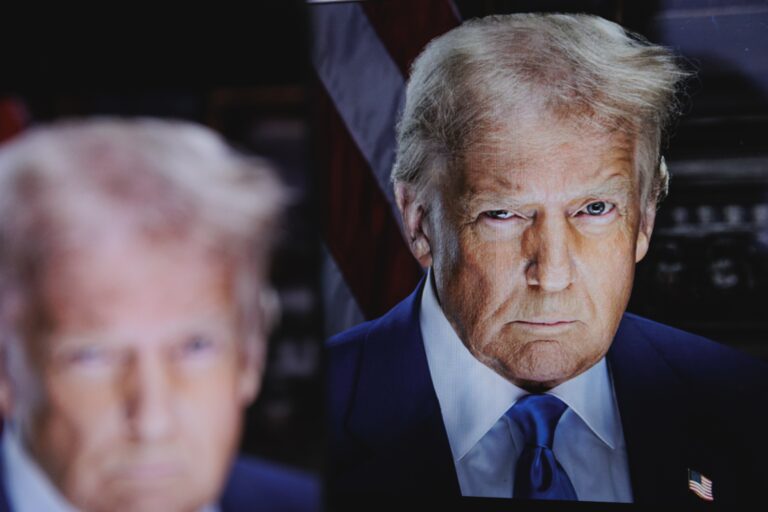The Kremlin has downplayed speculation about a meeting between Vladimir Putin and Volodymyr Zelensky. Donald Trump has urged both leaders to meet to end the war in Ukraine.
Trump made the call after meeting Putin in Alaska last week and hosting Zelensky alongside seven European leaders at the White House on Monday.
He admitted the conflict is complex and warned Putin might not want peace. “We’re going to find out about President Putin in the next couple of weeks,” he said on Tuesday. “It’s possible that he doesn’t want to make a deal.”
Trump signals cautious involvement
Trump said Putin would face a “rough situation” if he resisted negotiations but gave no further details. Later, he suggested Zelensky and Putin could meet without him, speaking to conservative radio host Mark Levin late Tuesday.
He added he would join if needed but preferred to see how talks evolve.
Putin told Trump he was “open” to direct talks, but Foreign Minister Sergei Lavrov tempered the statement, saying discussions must start at the expert level and progress gradually.
Russia’s deputy UN envoy Dmitry Polyanskiy emphasized that talks were not rejected but warned against meetings “for the sake of a meeting.”
Nato prepares military discussions
Nato chiefs plan a virtual meeting on Wednesday. Britain’s Admiral Tony Radakin is in Washington to discuss a reassurance force for Ukraine.
Reports suggested Putin offered Zelensky the option to travel to Moscow for talks, which Kyiv would likely reject. Analysts say Russia may have offered an unrealistic proposal intentionally.
Trump appears to better understand the conflict’s complexity and the gap between Moscow’s demands and Kyiv’s position.
His promise of a quick ceasefire has not materialized. He now supports a permanent peace deal with strong security guarantees for Ukraine.
Zelensky and European leaders have pressed him to endorse these guarantees, citing their importance for Ukraine’s sovereignty.
US role remains unclear
On Tuesday, Trump said the US could provide air support if Europe deployed ground troops in Ukraine. He ruled out sending American soldiers and did not clarify whether support would involve fighter jets, drones, or intelligence.
France and the UK lead a “coalition of the willing” planning a reassurance force to deploy if hostilities end.
After a virtual meeting, Downing Street said the coalition would meet US officials soon to finalize security guarantees for Ukraine.
Historic tensions complicate peace
Following his meetings with Putin and Zelensky, Trump said direct talks could advance peace but acknowledged “tremendous bad blood” between the leaders.
They last met in 2019. Since then, Russia’s invasion caused tens of thousands of deaths, widespread destruction, and ongoing attacks on civilians.
Putin refuses to recognize Zelensky’s legitimacy and blames him for Ukraine’s Western ties. He repeats false claims of a “neo-Nazi regime” and insists any ceasefire must include leadership change.
Moscow has little incentive to negotiate while holding an advantage on the battlefield.
Still, Zelensky and European leaders back a summit. Zelensky said he is open to “any format” of talks, and Europeans have proposed potential venues.
They hope supporting dialogue might convince Trump to adopt a tougher stance if Putin resists compromise.
Europe expresses doubts
European leaders remain skeptical of Russia’s intentions. On Tuesday, French President Emmanuel Macron called Putin “a predator, and an ogre at our doorstep,” doubting Moscow’s willingness for peace.
Finnish President Alexander Stubb said Putin was “rarely to be trusted” and questioned whether a meeting with Zelensky would happen.
More high-level talks are expected in the coming days. Questions persist about how firmly Trump will support Europe on Ukraine’s security.


